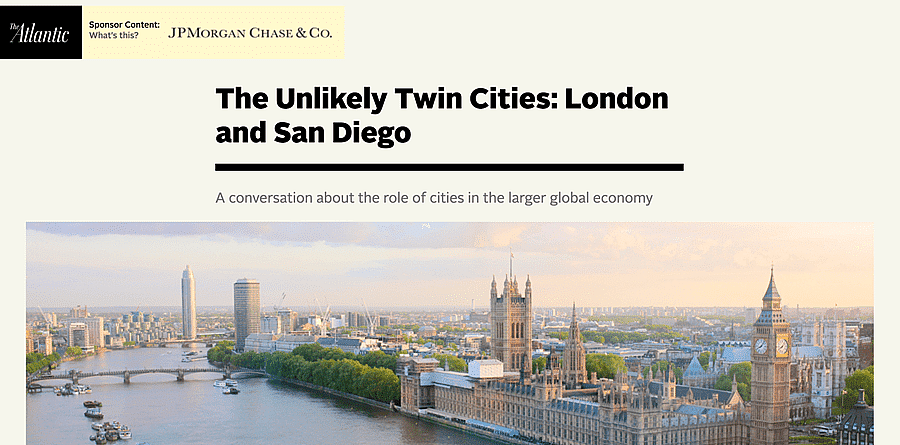60% of The Atlantic’s ad revenue comes from branded content

Native advertising and branded content already showing strong growth in 2016.
In 2013, there was a spectacular failure of native advertising when The Atlantic published a sponsored story about the growth of the Church of Scientology. Readers didn’t know the content was sponsored (it had been formatted exactly like a journalistic article) and the publication had to quickly take it offline and issue a public apology.
The Atlantic, a 160 year-old publication, has come a long way from that blunder with over 60% of their ad revenue currently driven by native advertising and branded content in 2015, with an internal team of 32 staffers.
Overall, the numbers currently show a better ROI on branded content both for the advertiser and for the publisher. On average, audiences spend four to five minutes with sponsored content, which is a great measure of relevance and a testimonial of the interest level of the content that is produced by The Atlantic’s team, which is a win-win situation for all parties (publisher, advertiser and audience).
The ad formats they offer are varied, from infographics to video, and the sales team has been very selective with advertisers, which is very important in order to make sure the advertiser’s business objectives match the interests of the massive audience The Atlantic has built over time.
Branded content works when it is published where its tone and subject are aligned with the audience who will see it.
Today’s Digiday article I am sharing with you, Yuyu Chen discusses with Hayley Romer, senior vice president and publisher for The Atlantic about their view of the current state of native advertising and branded content.

